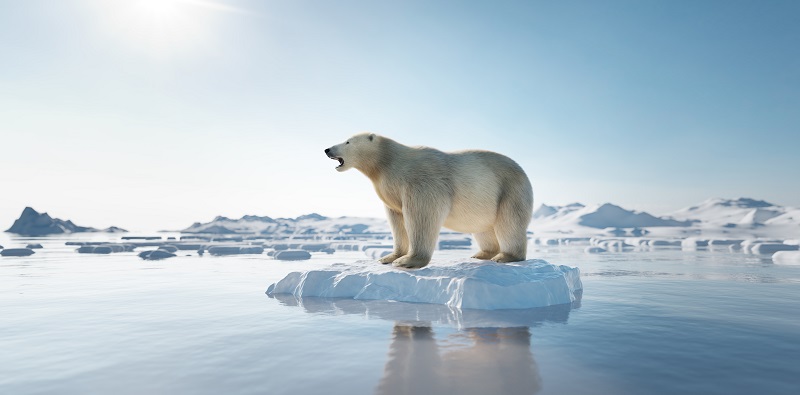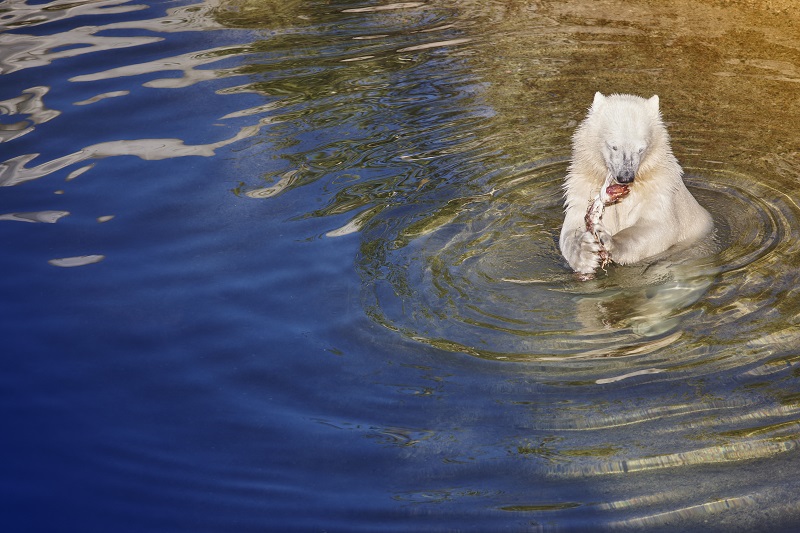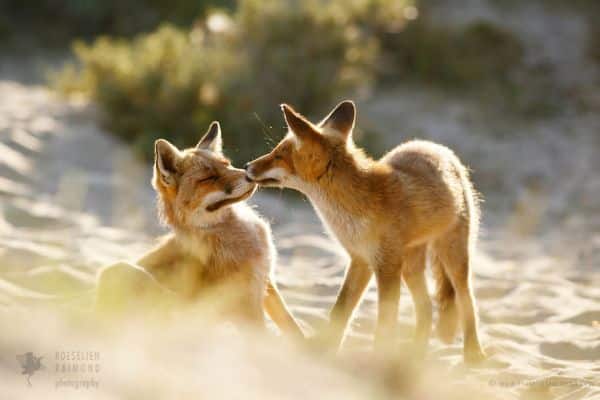Who doesn't love this big white polar bear? The polar bear is at the top of the food chain and is vital to the health of the Arctic marine environment, as well as important to the culture and economy of the peoples living in the Arctic.
The polar bear's life is entirely dependent on the sea: it is its main source of food and the place where it spends most of its life. But as the climate warms, this ice is melting, threatening polar bears. Here are some interesting facts about polar bears:
1. Why does the polar bear have white fur?

Polar bears have white fur so they can blend into their surroundings. Their fur is so well adapted to arctic conditions that it can sometimes be mistaken for a pile of snow. Interestingly, there is no white pigment in the polar bear's fur; in fact, the polar bear's skin is black and its fur is hollow. It has a thick layer of fat that keeps it warm while swimming and a double layer of fur that protects it from the cold arctic air.
2. What does a polar bear eat?

The polar bear is the most carnivorous member of the bear family, feeding primarily on ringed seals because it requires large amounts of fat to survive. The polar bear's stomach can hold the food equivalent of 15-20% of its own body weight, and its digestive system metabolizes approximately 84% of the proteins and 97% of the fats it consumes.
3. How successful is polar bear hunting?

The usual method of hunting polar bears is for the bear to stand perfectly still at the seal's blowhole, waiting for hours or even days for the seal to come out to breathe. Seals are slippery and well adapted to escape polar bears; a polar bear may only catch one or two out of every ten seals it hunts, depending on the time of year and other factors.
4. How well does a polar bear swim?

The polar bear is considered a talented swimmer and can maintain a speed of six miles per hour (9.6 km/h) by paddling with its front paws and holding its hind legs like a rudder. Their feet are slightly webbed to help them swim. The polar bear is actually classified as a marine mammal because it spends most of its life on the sea ice of the Arctic Ocean.
5. Why does the polar bear like to keep clean?

Polar bears like to keep themselves clean because it helps their fur insulate. Dirty, matted, and wet skin does not work as well as insulation. After feeding, a polar bear will usually bathe, swim, or roll in the snow. It will also roll in the snow to cool down; despite the harsh environment, polar bears can be prone to overheating.













Оставить Комментарий